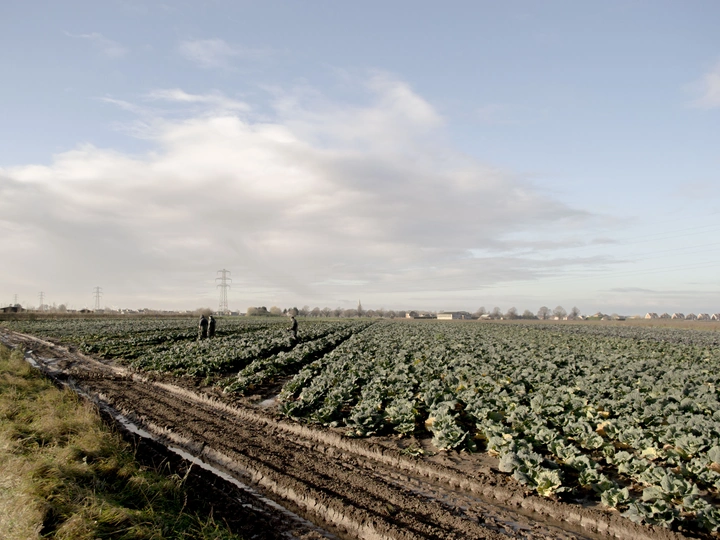Speculative Future Wetlands

Rowan Jaines
Carlotta Novella
Hester Buck and Carlotta Novella are members of the architecture collective public works, whose work seeks out opportunities for community-driven development to nurture and promote the rights of communities, environments and ecologies. As a collective their outputs are not limited to buildings or art objects; they incorporate discursive events, prototypes, circular systems, campaigns, governance models, food, urban strategies, participatory art and architecture at all scales.
Hester is currently writing up her PhD through practice, between the Welsh School of Architecture at Cardiff University and the University of the West of England’s Air Quality and Carbon Management Department. This interdisciplinary research explores how methods within participatory design and participatory science can be used to think with moss as a more-than-human member of our urban communities.
Carlotta is an artist, architect, teacher and host. Her work looks at how spaces, structures and rituals of food production and sharing can develop civic practices, promoting direct involvement and collective action, to transform and reclaim contemporary public life through conviviality.
Rowan Jaines is a lecturer in Human Environmental Geography at The University of Sheffield. Her research and teaching focuses on the designed elements of agricultural sites, in particular drained wetlands, and the connections between overlooked species, populations and places and their politics, potentials and perils. With a background in Anthropology and an interest in reading place as a cultural material, she's committed to working outside of discrete academic boundaries and in forging and collaborating in creative interdisciplinary scholarship.
The Fens, a low-lying coastal plane in the East of England, is often called "the breadbasket of Britain", due to its vital importance to the nation’s food security. As rising sea levels threaten to flood this entirely unnatural landscape, increased sea defences have been proposed to protect the land as a valuable resource. The history of this landscape reveals the often-overlooked nexus between architecture and agriculture.
Once a mossy sphagnum bog, the drainage processes in the 17th and 18th century stripped its top vivid green layer to reveal the Fens peat underbelly, a rich soil secreted over hundreds of years. These peat-filled fields are now home to over 50% of England’s grade 1 agricultural land, a fifth of the nation’s crops and a third of its vegetables. An oppressed history of agricultural labourers has been a lucrative resource which animated the fields and factories of this region. Drainage has caused this thick rich sphagnum soil to shrink, sinking this flat landscape further as the surrounding sea levels rise.
We contend that the slow processes, the spongey, damp and unstable nature of wetlands and their mossy inhabitants offer a provocation to speculate on the possibility of an agricultural architecture that favours the ephemeral over the permanent and the responsive over the reactive in a multispecies entanglement of care.
Delivered through a performative meal, Speculative Future Wetlands, will explore what other more equitable dishes the ‘breadbasket’ of Britain could provide.
As an on-going interdisciplinary research project, it will test eco-feminist approaches to spatial practice. Between courses we will share the marginalised voices as a series of fragmented narratives, moving between the stories of migrant workers and moss as a more-than-human companion. Hosted as a collaborative discussion, our tablecloth operates as a shared map where ideas are collaged, considering how this future could be enacted with whom and at what cost.